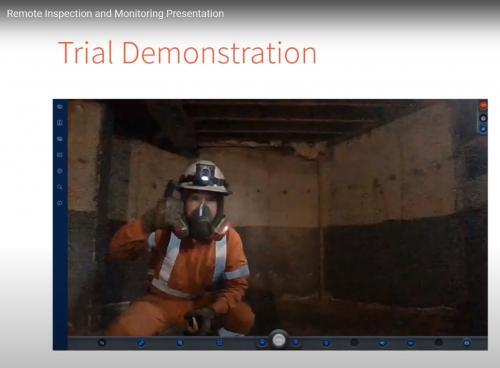
Radioactivity Fighting Cancer
Brachytherapy, or internal radiation, is proving successful in treating certain tumors.
Cancer is very complex. Curing patients without causing side effects means that the treatments must be very targeted.
“Not all cancers are the same,” according to Dr. Michael Milosevic, a radiation oncologist at the Princess Margaret Cancer Center in Toronto. “Cancer is not one diagnosis. Each individual cancer is different.”
For patients diagnosed with cancer, surgery, radiation treatment and drug treatment (chemotherapy) are frequently used. External radiation, a beam targeted to a tumor that travels to the tumor from outside of the patient’s body comprises 80-90% of radiation therapies.
Brachytherapy, on the other hand, involves inserting the radiation into the center of the tumor and irradiating the cancer cells from the inside out. The treatment has proven successful in fighting prostate and cervical cancers.
“With brachytherapy, you can kill the cancer but spare the normal surrounding areas,” says Milosevic. “The likelihood of curing the cancer goes way up and the side effects way down.”
There are two methods of using Brachytherapy-temporary and permanent implants
Temporary implants use special catheters inserted into the tumor. They connect to a machine to deliver the radiation treatments. A temporary implant is a day procedure. The radiation is delivered over a very short period of time, usually a few minutes, and then the catheters are removed.
Permanent implants directly insert small radioactive “seeds,” each about the size of a grain of rice, into the tumor. In the case of prostate cancer treatment, about 100 seeds are placed into the prostate gland, usually when the patient is asleep. The seeds remain in the prostate gland for the remainder of the patient’s life and give off a continuous flow of radiation that is highest immediately after insertion and declines to zero over a few months.
The uses for brachytherapy continue to develop. It has proven useful in treating some breast, head and neck cancers. Perhaps one of the biggest developments, as Dr. Milosevic points out, is the shift to magnetic resonance imaging (MRI). The Princess Margaret Cancer Centre is home to three MRI units that help to deliver brachytherapy.
“With Brachytherapy you put the radiation in the center of the tumor so you can kill the cancer but spare the normal surrounding areas. The likelihood of curing goes way up and side effects go down.”



